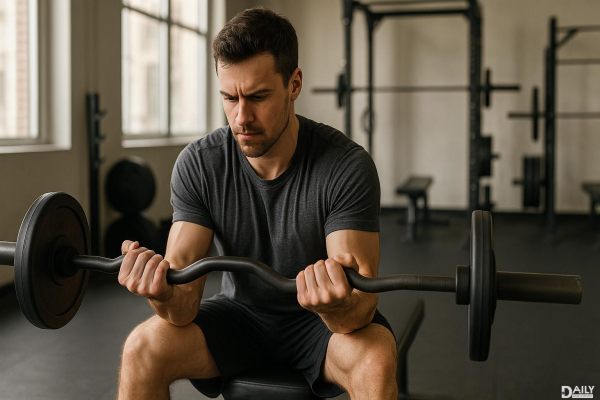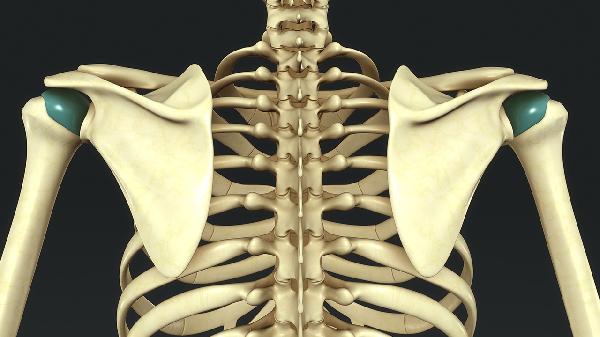Calisthenics isn’t just about looking cool on Instagram—though nailing a handstand or muscle-up definitely earns you bragging rights. It’s a full-body workout that’s been around since ancient Greece (seriously, the Spartans were probably doing pull-ups before it was trendy). Fast-forward to today, and calisthenics is having a major moment, thanks to its accessibility and the fact that you don’t need a gym membership to get shredded. Whether you’re a fitness newbie or a seasoned athlete, bodyweight training can level up your strength, mobility, and endurance—no dumbbells required.
Why Calisthenics Is More Than Just Push-Ups
Sure, push-ups and squats are staples, but calisthenics goes way beyond the basics. Think of it as the ultimate playground for your muscles—where you manipulate leverage, angles, and body positioning to make moves harder or easier. Take the flag pole, for example: It’s not just holding onto a pole like you’re reenacting a scene from "Mission Impossible." It’s a full-core crusher that demands insane strength and control. Then there’s the muscle-up, a move that makes you feel like a superhero when you finally nail it. These advanced exercises aren’t just for show; they build functional strength that translates to real-world movements, like hauling groceries or hoisting yourself over a wall (hey, you never know).
The Science Behind Bodyweight Gains
You might wonder: Can you really build muscle without lifting weights? Absolutely. According to Jake Harcoff, MS, CSCS, calisthenics leverages progressive overload—just like weight training—but instead of adding plates, you tweak body mechanics. "Making an exercise harder by adjusting leverage or range of motion forces your muscles to adapt," he says. For instance, elevating your feet during a push-up increases resistance, while slowing down the tempo torches more muscle fibers. Plus, bodyweight workouts often involve compound movements (think: burpees, pull-ups), which engage multiple muscle groups at once, leading to better coordination and calorie burn. And because you’re not relying on external weights, your stabilizer muscles work overtime, reducing injury risk and improving joint health.
Calisthenics for Every Fitness Level
Worried you’re not strong enough to start? No sweat. Calisthenics is infinitely scalable. Beginners can modify exercises (knee push-ups, assisted pull-ups) while advanced athletes chase one-arm handstands or planches. The key is consistency—not competition. "Even if you never compete, the functional strength you gain is invaluable," says Simmonds. Plus, mastering foundational moves first (like nailing a perfect squat) prevents bad habits that could lead to injury later. Pro tip: Record yourself to check form, or join a local calisthenics group (yes, they exist) for feedback and motivation.
How to Build a Calisthenics Routine
Ready to ditch the bench press? Start with three full-body sessions per week, focusing on push, pull, and leg movements. A sample day might include: push-ups (chest/triceps), inverted rows (back/biceps), and pistol squat progressions (legs/core). Add skill work (like handstand holds) at the end. Rest 60-90 seconds between sets, and aim for 3-4 sets of 8-12 reps per exercise. As you progress, experiment with supersets or AMRAP (as many rounds as possible) circuits to keep things spicy. And don’t skip mobility work—shoulder openers and hip flexor stretches are game-changers for nailing advanced moves.
The Mental Benefits of Bodyweight Training
Calisthenics isn’t just a physical challenge—it’s a mental one. Unlike mindlessly curling dumbbells, mastering a human flag requires focus, patience, and problem-solving. "Failing repeatedly before finally hitting a move builds resilience," Harcoff notes. Plus, the community aspect (hello, park workout crews) fosters accountability. And let’s be real: There’s something wildly satisfying about doing a backflip or clapping push-up that a bicep curl just can’t match. Whether you’re chasing strength, flexibility, or just a fun way to move, calisthenics delivers—one bodyweight rep at a time.
























